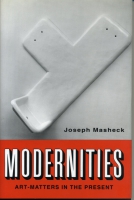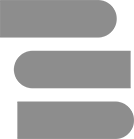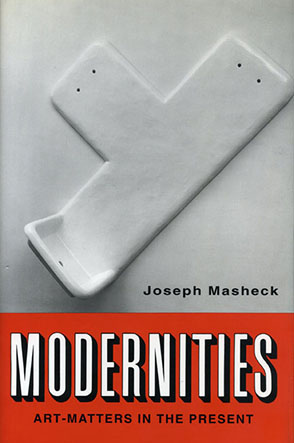Modernities
Art-Matters in the Present
Joseph Masheck
“Joseph Masheck is the most imaginative art critic of his generation, one of the few art writers of any time or place whose work should and will be taken seriously by anyone interested in highly original writing. His prose is as bold in its experimentation, and refusal to settle into predictable patterns, as the best ‘postmodernist’ art. His great, to my mind almost unique, achievement is to rethink fundamental questions: How can a text describe a visual artwork? How can a commentator place such an artwork within its (historical and social) culture? His erudition is amazing: his ear for prose-style is as unique as his ‘eye’ for original visual art. This is a very beautiful book; his writing is sheer magic.”
- Description
- Reviews
- Bio
- Subjects
Joseph Masheck wants to take art, historical and modern, as a field of lively interrelations (as if in "random-access memory" retrieval), rather than just second the motion that art history should be nonlinear; and he takes the task of art criticism to be theory in practice. Thus significant new art is represented in the thirty essays in Modernities, besides already "classic" modern architecture, sculpture, and photography, and contemporary painting by artists. Alternating between a comprehensive sense of art history and engagement with the new and unplumbed contemporary arts, he considers himself a kind of aesthetic double agent.
Because Masheck is concerned with the concrete standing of artworks, he speculates on how works of art, including Marcel Duchamp's "ready-mades," relate to other things. More general themes range from the origin of the modern sense of form in prehistoric art to the historical underpinnings of expressionism and on to latter-day "graffiti" culture.
“Joseph Masheck is the most imaginative art critic of his generation, one of the few art writers of any time or place whose work should and will be taken seriously by anyone interested in highly original writing. His prose is as bold in its experimentation, and refusal to settle into predictable patterns, as the best ‘postmodernist’ art. His great, to my mind almost unique, achievement is to rethink fundamental questions: How can a text describe a visual artwork? How can a commentator place such an artwork within its (historical and social) culture? His erudition is amazing: his ear for prose-style is as unique as his ‘eye’ for original visual art. This is a very beautiful book; his writing is sheer magic.”
Joseph Masheck is Associate Professor of Art History at Hofstra University and author of, among other books, Smart Art (1984). From 1977 to 1980, he was the editor of Artforum.
Mailing List
Subscribe to our mailing list and be notified about new titles, journals and catalogs.




